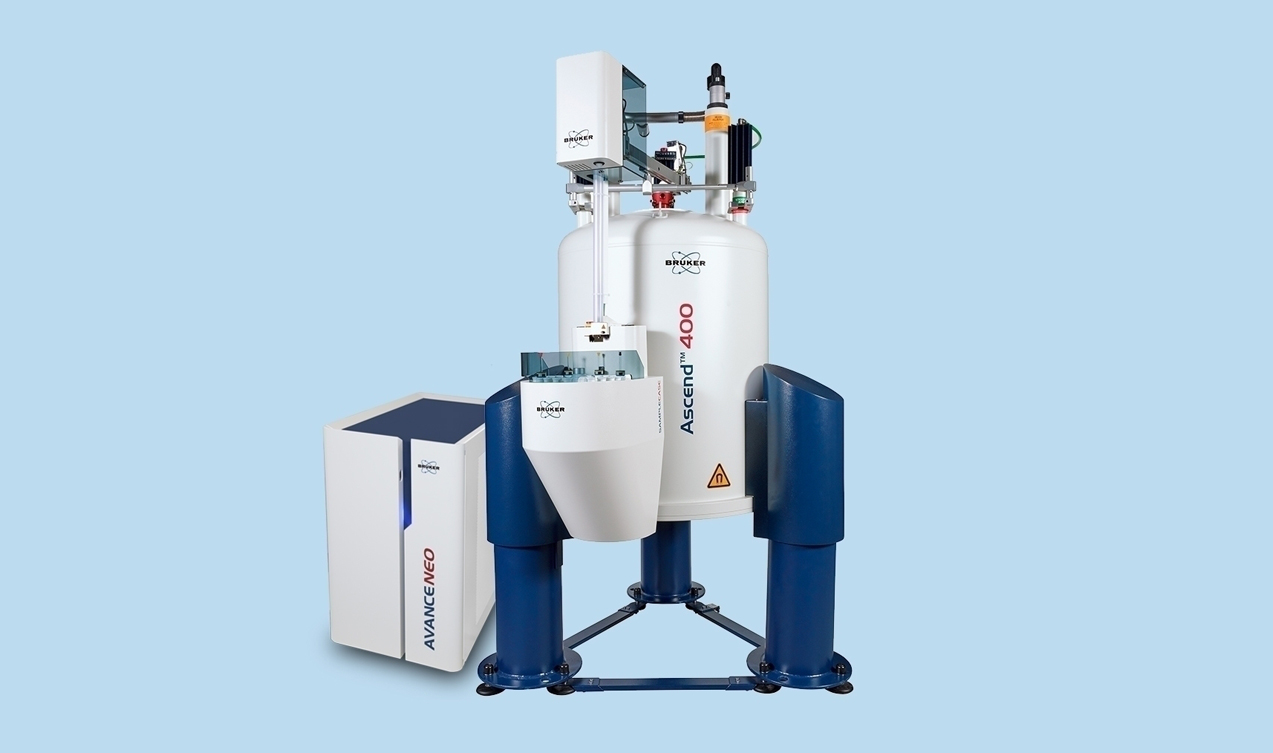

モルヒネ使用に代わる構造ベースのアプローチ
Three Million to One, Homing in on a Winner with Few Side Effects
Breathing slows, oxygen levels plummet and, all too often, lungs cease to function at all. An opioid again takes a life, and another person is lost to an overdose. Deaths from opioids are happening with increasing frequency throughout the world.
Since long before Dorothy fell asleep in a field of poppies alongside the Yellow Brick Road while off to see The Wizard of Oz, the powers of poppies have been legend. The sleep-inducing and pain-reducing properties stem from the natural opiates found in the seed pods of the opium poppy. Too often, morphine prescribed to control pain leads to an out-of-control addiction and, in the most serious situations, a fatal overdose.
Researchers have sought out alternatives to morphine, codeine and other opiates, options that might effectively control pain without the risk of addiction and respiratory distress. Recently, teams from the United States and Germany announced that a search built around the structure of the opioid receptor yielded a promising replacement candidate. They described their process and findings in, “Structure-based discovery of opioid analgesics with reduced side effects,” in Nature.
Planning a New Scaffold
When morphine reaches the mu-opioid receptor (μOR), it combines with two signaling proteins. One, beta-arrestin, is linked to troublesome and potentially dangerous opioid side effects, such as addiction and respiratory failure. The other, G-protein, is linked to pain relief. To reduce risks of addiction and respiratory failure, some research has focused on altering morphine, aiming to change it just enough to avoid the risks while retaining the benefits.
Aashish Manglik, MD, PhD, Stanford University School of Medicine, and his team explored a fundamentally different approach. They weren’t looking for a compound like morphine. In fact, they wanted a novel molecule constructed on a new scaffold, one dissimilar in structure to opioids but that nonetheless would fit into the stereotactic pocket of the mu-opioid receptor.
As in virtually all research, the team’s current study builds on previous findings, in this case, their own. In 2012, they identified the crystal structure of several opioid receptors. Based on those structures, the researchers created a computational screening program to find non-opioid molecules that would dock to — in essence “fit” into —μOR in a biased way, setting in motion the pathway for pain control but not the pathway linked to dangerous side effects. That program screened 3 million virtual molecules to illustrate how each might bind to the docking site of the μOR. Based on computer analysis and direct observation, the researchers winnowed down millions of possibilities to the most promising candidate, which they optimized to construct PZM21. Then they moved from computer models and bench results to in vivo tests.
Of Mice and Monitoring
The researchers employed several key tests to gather information on pain relief, respiratory depression and indicators of addiction.
One test demonstrated that mice who received PZM21 didn’t exhibit signs of pain when exposed to heat. In fact, the pain protection from PZM21 was just about as strong as that of morphine. PZM21 also kicked in more quickly and lasted longer.
In another experiment, the mice on PZM21 flicked their tails as frequently as if they hadn’t received any medication. Importantly, this showed that, although PZM21 alleviated pain, it did not dull spinal responses, an encouraging sign that PZM21 would not fatally depress respiration. Direct measurements of breathing confirmed that respiration remained close to normal on PZM21 in stark contrast to the radical respiratory depression in mice on morphine.
Finally, although there are inherent limits to watching the activity of mice to predict the behavior of people, the rodent response offered reason for optimism. Mice did not demonstrate the classic signs of addiction, drug-seeking behavior and hyperactivity. They moved around a normal amount and didn’t show a preference for PZM21 solution over saline. They weren’t revved up in search of their next high.
Complex Analyses Using Complementary Technologies
The rigorous evaluation of compounds throughout the study required the complementary abilities of a collection of spectroscopy techniques. For high-resolution electrospray ionization mass spectrometry, the scientists used either a Bruker microTOF II or a Bruker maXis MS, a quadrupole-time-of-flight machine. To determine mass, the team used the Bruker Esquire 2000 ion-trap mass spectrometer or a Bruker amaZon SL mass spectrometer. The researchers recorded 1H and 13C spectra on a Bruker Avance 360 or 600 NMR-Spectrometer.
Shaping What’s Next
Along with the importance of PZM21 as a potential substitute for dangerous opioid pain relievers, its very structure might reveal new information about the mechanisms of opioid receptors and signaling systems.
The methods used in this experiment — from virtual screening and docking to optimizing and testing — can serve as a template for employing a structure-based approach to developing other molecules that are a good fit for any number of important receptors.
Getting PZM21 from the research lab to the prescription pad will require extensive clinical trials. In the meantime, Manglik and his colleagues believe what they learned about the mu-opioid receptor specifically and structure-based methods, in general, will spark research into receptors critical to other treatments and diseases.
For More Information
300万に一つ、副作用の少ない勝者
呼吸数の低下、酸素濃度の急激な低下、そして頻繁に起こる肺機能の完全な停止。オピオイドは生命を回復させますが、過量投与で死亡する人もいます。全世界でオピオイドによる死亡発生頻度が上昇しています。
はるか昔、黄色いレンガの道をたどりオズの魔法使いに会いに行く途中にケシ畑でドロシーが眠りに落ちて以来、ケシの力は伝説となっています。催眠作用および鎮痛作用は、ケシの種子鞘に存在する天然のオピオイドに由来します。疼痛コントロールのために処方されるモルヒネがコントロールを失って中毒に至る例や、最も重篤な状況では致命的な過量投与をもたらします。
研究者は、中毒および呼吸窮迫のリスクなしに有効な疼痛コントロールを達成する選択肢として、モルヒネ、コデインおよびその他のオピエートに代わる薬剤を探索しています。最近、米国およびドイツのチームがオピオイド受容体の構造に基づく研究によって有望な代用薬候補を発見したと発表しました。彼らは、このプロセスおよび結果をStructure-based discovery of opioid analgesics with reduced side effects(構造に基づく副作用の少ないオピオイド鎮痛薬の発見)としてNature誌に発表しました。
新しい骨格の考案
モルヒネがμオピオイド受容体(μOR)に達すると、2つのシグナル伝達タンパク質と複合体を形成します。その1つのβアレスチンはトラブルメーカーであり、オピオイドの危険な副作用(中毒、呼吸不全など)を引き起こす可能性があります。もう1つのGタンパク質は疼痛緩和をもたらします。中毒および呼吸不全のリスクを低減するために、一部の研究者はベネフィットを維持しながらリスクを避けるために十分な変化を目指したモルヒネの変更に重点をおいています。
スタンフォード大学医学部のAashish Manglik(MD, PhD)氏のチームは、根本的に異なるアプローチを探索しました。彼らはモルヒネに似た化合物を探すのではなく、オピオイドの構造に似ていないもののμオピオイド受容体の結合ポケットにフィットする新しい骨格からなる新規分子を探し求めました。
ほぼすべての研究と同様に、このチームの研究も過去の知見(ここでは自身の研究)に基づいて構築されたものです。2012年に彼らはいくつかのオピオイド受容体の結晶構造を明らかにしました。これらの構造に基づいて、危険な副作用に関わる経路ではなく疼痛コントロールの経路に着目し、研究チームは異なる様式でμORに結合(実質的に「フィット」)する非オピオイド分子のコンピュータ式スクリーニングプログラムを作成しました。このプログラムによって300万のバーチャル分子のスクリーニングを行い、各分子がμORの結合部位にどのように結合するかを評価しました。コンピュータ解析および直接観察に基づいて、研究チームは数百万の可能性から最も有望な候補物質を選定し、それを最適化してPZM21を作り出しました。彼らはその後、コンピュータモデルおよびベンチテストからin vivo試験に進みました。
マウスとモニタリング
この研究チームは、疼痛緩和、呼吸抑制および中毒の指標に関する情報を収集するためにいくつかの重要な試験を実施しました。
1つの試験から、PZM21を投与したマウスが熱に曝露した場合に疼痛の徴候を示さないことが明らかになりました。実際に、PZM21による疼痛抑制はモルヒネと同程度に強力でした。また、PZM21はモルヒネより迅速かつ長時間持続する作用を示しました。
別の実験において、PZM21を投与したマウスは、薬剤投与を受けなかったマウスと同じ頻度でテイルフリック(尾を振り動かす反応)を示しました。重要な点として、これはPZM21が疼痛を緩和するにもかかわらず脊髄の反応を抑制しない、つまりPZM21が死に至るほど呼吸を抑制しないという有望な徴候を示しています。呼吸の直接測定によって、モルヒネを投与したマウスの著しい呼吸抑制とは対照的に、PZM21投与では呼吸がほぼ正常に維持されることが確認されました。
最後に、マウスの動作に基づいたヒトの行動の予測には本質的な限界がありますが、げっ歯類の反応は希望を持ってよいことを示しています。マウスは中毒の典型的な徴候(薬物探索行動および運動亢進)を示しませんでした。マウスの運動量は正常であり、生理食塩水よりPZM21を好む傾向はなく、さらに興奮を求める行動を示しませんでした。
相補的テクノロジーを用いた複合解析
研究を通じて化合物の厳密な評価を行うために、様々な分光法の相補的能力が必要でした。高分解能エレクトロスプレーイオン化質量分析のために、研究チームは四重極時間飛行型質量分析計であるブルカーmicroTOF IIまたはブルカーmaXis MSを使用しました。質量を決定するために、このチームはブルカーEsquire 2000イオントラップ型質量分析計またはブルカーamaZon SL 質量分析計を使用しました。研究チームはブルカーAvance360または600 NMRを使用して1Hおよび13Cのスペクトルを記録しました。
今後の展望
危険なオピオイド鎮痛薬の代用薬候補としてのPZM21の重要性に加えて、この化合物の構造自体からオピオイドおよびシグナル伝達系のメカニズムに関する新たな情報が得られると考えられます。
この実験に用いた方法(バーチャルスクリーニングとドッキングから最適化と試験まで)が、多数の重要な受容体に適合する新たな分子の開発に、構造に基づくアプローチを利用するためのテンプレートとなる可能性があります。
PZM21を研究室から処方箋まで導くには、広範囲に及ぶ臨床試験が必要です。一方、Manglik氏のチームは、特にμオピオイド受容体に関する知識を蓄積し、構造に基づく方法が、治療薬および疾患に重要な受容体の研究を活発化させるだろうと考えています。
参考文献
- Manglik, A. et al. Structure-based discovery of opioid analgesics with reduced side effects. Nature 537, 185–190 (08 September 2016).
- Manglik, A. et al. Crystal structure of the μ-opioid receptor bound to a morphinan antagonist. Nature 485, 321–326 (21 March 2012).
- “Making Better Opioids”. Nature Audio Podcast. N.p., 2016. Web, 18 Aug. 2016.
- Reporter Adam Levy talks to Peter Gmeiner, whose team sorted through 3 million compounds to find a promising painkiller. Interview starts at 14:18. https://www.acast.com/nature/naturepodcast-18august2016?utm_source=feedburner&utm_medium=feed utm_campaign=Feed%3A+nature%2Fpodcast%2Fcurrent+%28Nature+Podcast%29
- Chen, J. et al. Combined Application of NMR- and GC-MS-Based Metabonomics Yields a Superior Urinary Biomarker Panel for Bipolar Disorder. Scientific Reports 4, Article number: 5855 (2014).
- Soergel, D. G. et al. Biased agonism of the μ-opioid receptor by TRV130 increases analgesia and reduces on-target adverse effects versus morphine: a randomized, double-blind, placebo-controlled, crossover study in healthy volunteers. Pain 155, 1829–1835 (2014).

